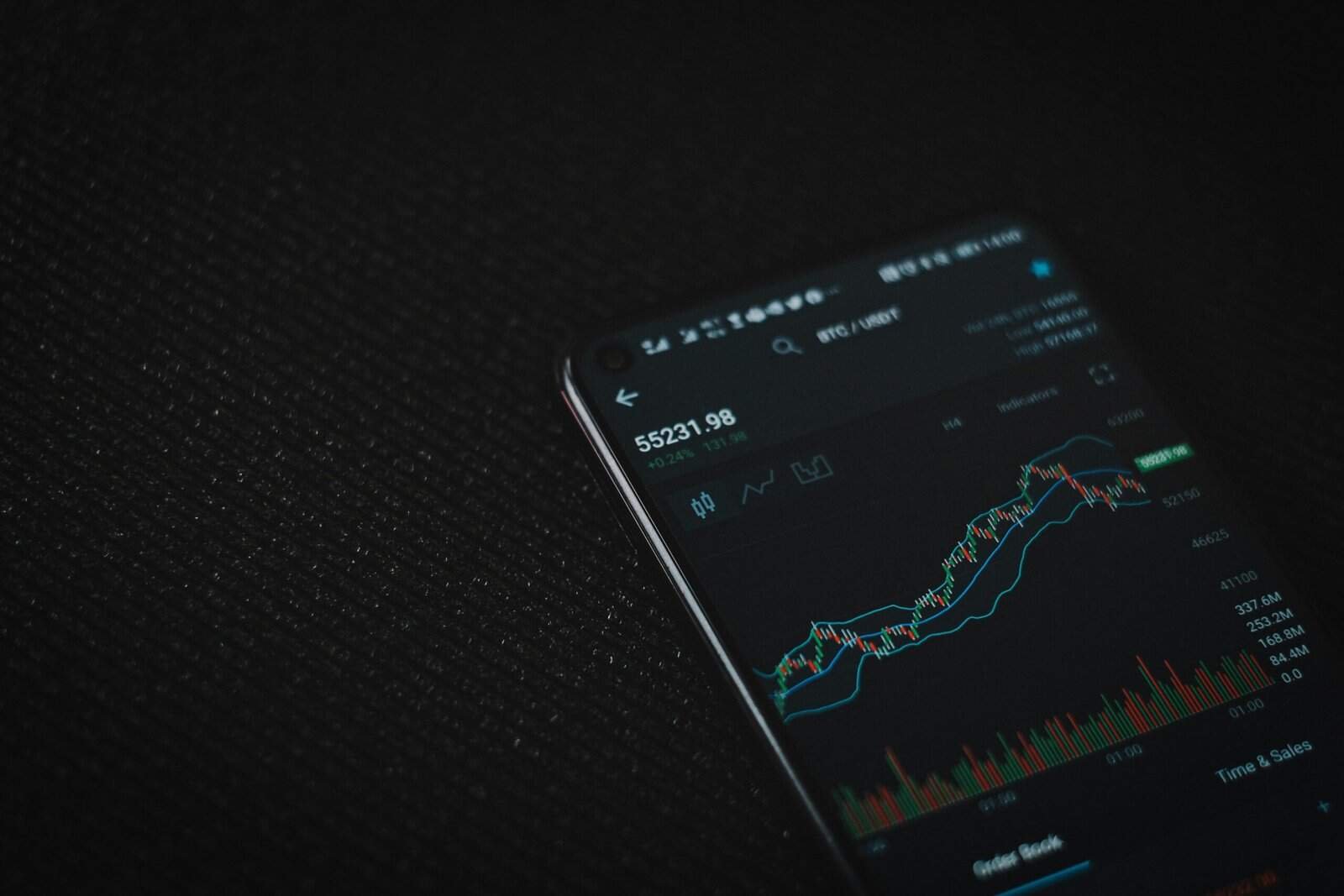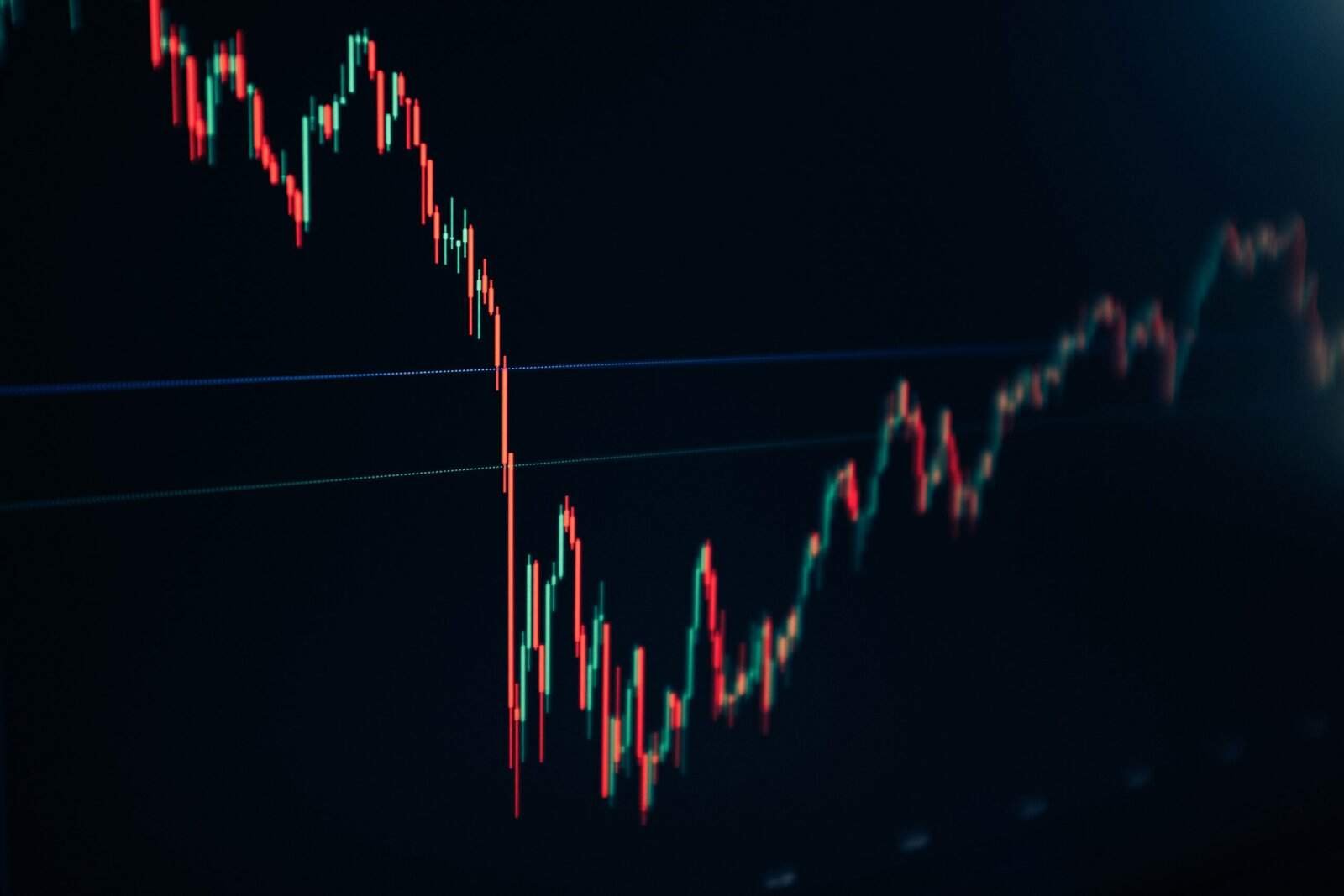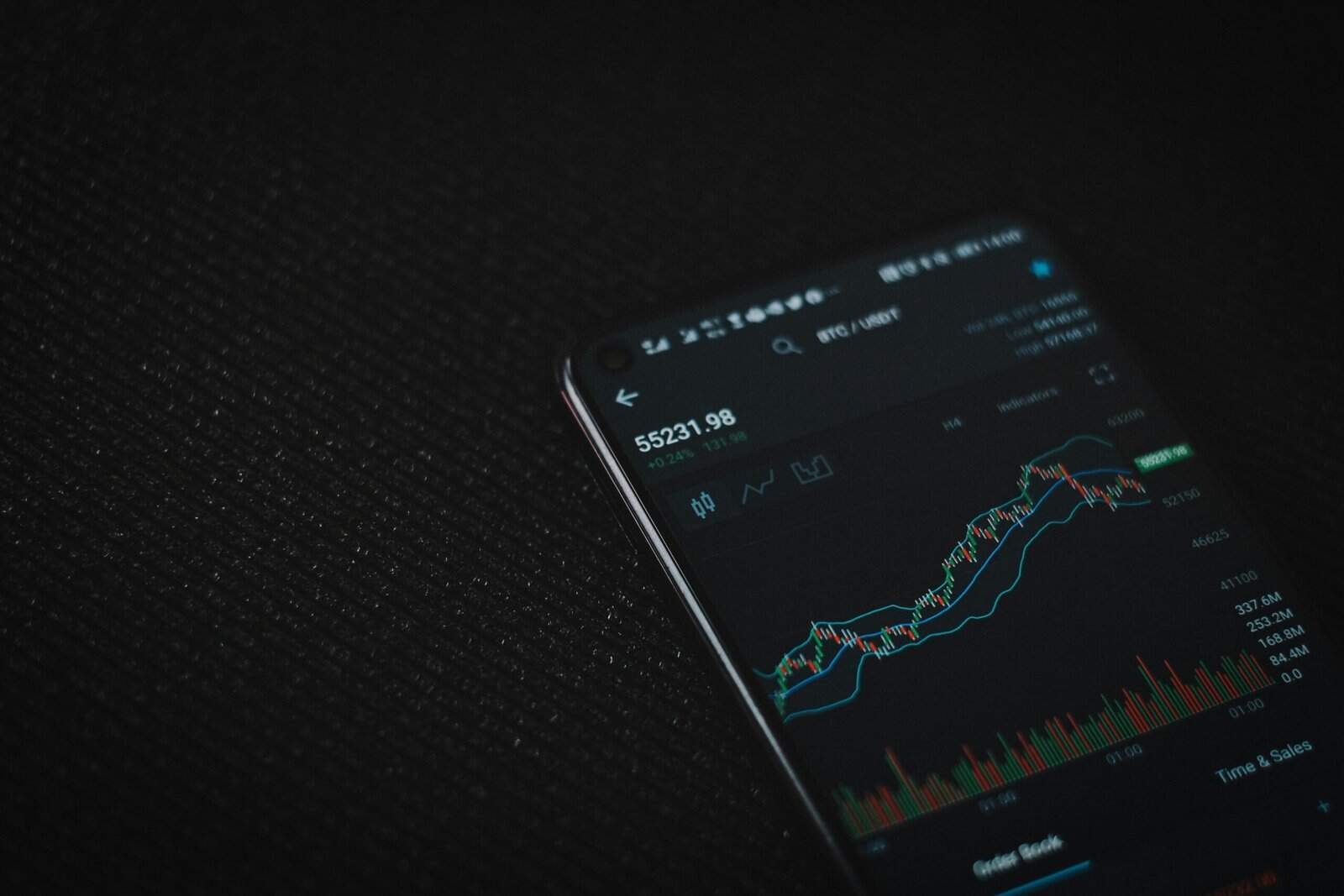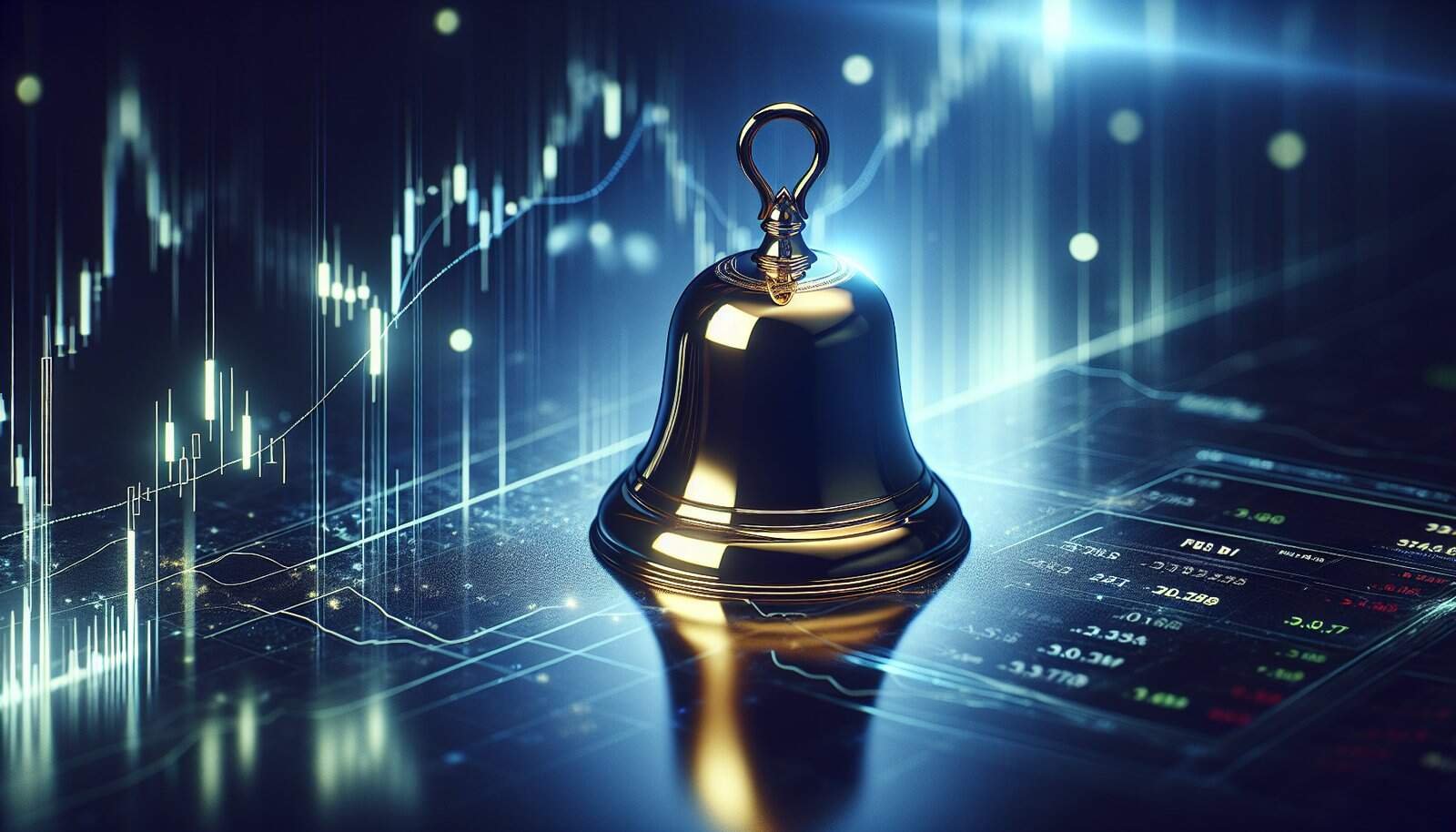Which exchanges give you the best combination of liquidity, safety, and product selection for futures and derivatives trading?

What Exchanges Are Best For Futures And Derivatives Trading?
This article helps you identify the exchanges that are best suited to your goals in futures and derivatives trading. You’ll get a practical comparison of major centralized and decentralized venues, what to look for when choosing an exchange, and step-by-step guidance to get started safely.
Why the choice of exchange matters
Where you trade determines your access to liquidity, the cost of trading, the types of contracts available, and how your positions are cleared and settled. Choosing the right exchange affects slippage, margin requirements, counterparty risk, and the tools you can use for execution and risk management. You should weigh these factors against your strategy and regulatory comfort level.
How this guide is structured
You’ll find detailed profiles of major global exchanges, a separate section on crypto derivatives venues, practical selection criteria, a step-by-step startup checklist, and risk-management and tax considerations. Each section explains why the specific detail matters and how it affects your trading.
Key factors to evaluate in any exchange
Picking an exchange means comparing several attributes. You’ll want to evaluate liquidity, regulatory status, clearing and settlement, fees, product breadth, connectivity, and the robustness of risk controls. Each of these elements will shape your trading performance and operational risk.
Liquidity and market depth
Liquidity determines how easily you can enter and exit positions with minimal slippage. You want exchanges with deep order books in your target contracts. High liquidity also gives you better fills for large size and supports algorithmic execution strategies.
Regulation and counterparty risk
Regulation affects transparency, customer protection, and the legal recourse you have. Regulated exchanges typically use central clearinghouses, which reduce counterparty risk through margining and default management. Understand the regulator and whether customer funds are protected or segregated.
Clearing, settlement, and margining
Central counterparties (CCPs) clear most exchange-traded derivatives, which standardizes margining and reduces bilateral credit exposure. Check initial and maintenance margin requirements, frequency of mark-to-market, and variation margin rules. For physically settled contracts, understand delivery procedures.
Product breadth and contract specifications
Different exchanges list futures, options, swaps, and structured products. Check tick sizes, contract multipliers, contract expiration cycles, and deliverable grades or indexes. The match between product specs and your strategy can be decisive—for instance, micro-contracts are better for small accounts.
Fees and access costs
Fees include exchange fees, clearing fees, broker commissions, and data and colocation expenses. If you use high-frequency or algorithmic strategies, latency and colocation costs become significant. Examine fee schedules and trading rebates or maker-taker structures.
Technology, APIs, and connectivity
For automated trading you’ll depend on stable APIs, FIX connectivity, and low-latency access. Look for reliable market data feeds, historical data, and clear API documentation. Uptime, backtesting data, and test environments matter for deploying models.
Trading hours and time zones
Global exchanges operate across time zones, giving you continuous or near-continuous access to asset classes. Consider whether you need 24/7 crypto markets or the limited hours of some commodity contracts. Overlapping hours can help you arbitrage or hedge internationally.

Major traditional exchanges for futures and derivatives
This section covers established regulated exchanges that are central to institutional and retail derivatives markets. Each profile highlights the exchange’s strengths and typical users.
CME Group (CME, CBOT, NYMEX, COMEX)
CME Group is the world’s largest derivatives marketplace and offers a huge variety of futures and options, including interest rates, equity indexes (E-mini S&P 500), energy, metals, and agricultural commodities. You’ll benefit from deep liquidity, robust clearing via CME Clearing, and sophisticated electronic trading on CME Globex. CME is well-suited for institutional traders, prop shops, and serious retail traders focused on liquidity and product variety.
Intercontinental Exchange (ICE)
ICE operates futures markets for energy products, soft commodities, and financial derivatives, and it runs the popular ICE Futures U.S. and ICE Futures Europe. You’ll find strong offerings in energy (crude oil, natural gas) and emissions markets, as well as interest rate and credit derivatives. ICE Clearing provides margining and default management. ICE appeals to participants needing physical-delivery contracts and energy market access.
Eurex
Eurex is a leading European derivatives exchange, known for equity index futures and options, fixed income derivatives, and interest rate products. It’s a key venue for European traders and institutions looking for euro-denominated contracts and highly liquid instruments like the Euro-Bund and Eurostoxx 50 futures. Eurex has tight spreads and widely used clearing services.
Cboe Global Markets (Cboe)
Cboe is known for options trading and operates many options exchanges globally. You’ll find equity options, index options, and volatility products including VIX futures. If your strategy involves complex options spreads, volatility trading, or access to U.S. equity options markets, Cboe is a leading choice.
NASDAQ and NYSE derivative facilities
NASDAQ offers futures and options via platforms integrated with its market infrastructure, and NYSE provides derivatives related to its equities. These venues are attractive if you need integrated solutions across cash and derivatives markets, especially for equity-linked strategies.
Japan Exchange Group (JPX: Osaka and Tokyo)
JPX runs Japan’s derivatives markets, offering Nikkei 225 and other index futures, as well as commodity and interest rate derivatives. Osaka Exchange provides a high-tech trading platform and is important if you want exposure to Asian equity derivatives and local regulatory protections.
Hong Kong Exchanges and Clearing (HKEX)
HKEX is central for Asian derivatives linked to Chinese and Hong Kong equities and indexes. You’ll find futures and options on the Hang Seng Index, as well as growing offerings tied to mainland China via Stock Connect and bond futures. HKEX is useful if your strategy focuses on China exposure with a regulated trading environment.
Singapore Exchange (SGX)
SGX offers Asian-focused futures such as Nifty and MSCI index futures and is a key hub for trading in Asian hours. SGX is particularly useful for hedging exposures across Southeast Asia and provides good liquidity for certain regional products.
Australian Securities Exchange (ASX)
ASX is the main derivatives venue in Australia with equity index futures (ASX 200), commodity derivatives, and options. The exchange employs standardized clearing and is well-regarded for regulatory stability and risk controls in the Asia-Pacific region.
B3 (Brazil)
B3 is Brazil’s primary exchange and offers futures and options tied to Brazilian interest rates, equities, and currencies. If you trade Latin American markets or need BRL-denominated contracts, B3 is the most relevant regulated venue.
Moscow Exchange (MOEX)
MOEX offers futures and options in Russian equities, FX, commodities, and interest rates. Access and suitability can depend on geopolitical and regulatory factors; you should assess these risks carefully.
Table: Major traditional exchanges at a glance
| Exchange | Region | Key products | Suitable for | Notable features |
|---|---|---|---|---|
| CME Group | Global (US) | Interest rates, equity index, energy, metals, ag | Institutional, retail | Deep liquidity, CME Clearing, electronic trading |
| ICE | Global (US/Europe) | Energy, softs, emissions, financial derivatives | Energy traders, institutions | Physical-delivery contracts, clearing services |
| Eurex | Europe | Equity indexes, fixed income | Institutional, EU traders | Tight spreads, euro-denominated products |
| Cboe | US/global | Options, volatility products | Options traders | VIX futures, options ecosystem |
| JPX | Japan | Equity index futures, options | Asia-focused traders | Nikkei products, sophisticated tech |
| HKEX | Hong Kong/China | Index futures, stock futures | China/HK exposure | Stock Connect integration |
| SGX | Singapore | Asian index futures | Regional hedging | Asian hours liquidity |
| ASX | Australia | ASX200 futures, options | Australia-focused traders | Strong regulatory framework |
| B3 | Brazil | Interest rate, equity futures | LatAm traders | BRL-denominated contracts |

Crypto derivatives exchanges
Crypto derivatives have grown rapidly and offer perpetual swaps, futures, options, and structured products. You should treat crypto venues differently because they often operate 24/7, use insurance funds and liquidation engines, and have varying regulatory oversight.
Centralized crypto futures exchanges
Centralized crypto exchanges typically offer high leverage, deep liquidity in major coins, and user-friendly interfaces. Popular venues include:
- Binance (Binance Futures): High liquidity, broad product range, many altcoin perpetuals and futures. You should be aware of regulatory scrutiny in multiple jurisdictions and keep track of KYC and regional restrictions.
- Bybit: Known for deep order books for Bitcoin and major altcoins, strong matching engine, and derivatives-first product mix.
- OKX (OKEx): Wide range of perpetual and quarterly futures, options, and savings products.
- FTX (historically): Once a major venue, its collapse highlights the importance of counterparty risk. You should avoid defaulted or untrustworthy operators and always assess solvency safeguards.
These exchanges suit you if you need 24/7 access, high leverage, and a broad crypto product suite. However, you must weigh centralized counterparty risk and regulatory uncertainty.
Decentralized derivatives platforms
Decentralized finance (DeFi) derivatives run on smart contracts and can offer permissionless perpetuals and options. Notable platforms include:
- dYdX (V3 onward): Order-book style perpetuals with conceptually non-custodial trading, offering BTC and ETH perpetuals with limited custody risk (still reliant on smart contracts).
- Perpetual Protocol: AMM-based perpetuals with on-chain margining.
- GMX: AMM-based perpetuals and leveraged positions built on Arbitrum and Avalanche.
DeFi derivatives appeal if you prefer non-custodial architecture and transparency, but you should be comfortable with smart contract risk, liquidity fragmentation, and sometimes high gas costs.
Table: Crypto derivatives exchanges comparison
| Exchange / Platform | Centralized (CEX) / Decentralized (DEX) | Products | 24/7 | Notable risks |
|---|---|---|---|---|
| Binance Futures | CEX | Perpetuals, quarterly futures, options | Yes | Regulatory scrutiny, custodial risk |
| Bybit | CEX | Perpetuals, futures, options | Yes | Custodial risk, leverage-related liquidations |
| OKX | CEX | Perpetuals, futures, options | Yes | Centralized counterparty risk |
| dYdX | DEX (order-book) | Perpetuals | Yes | Smart contract risk, liquidity limits |
| Perpetual Protocol | DEX (AMM) | Perpetuals | Yes | Slippage, smart contract risk |
| GMX | DEX (AMM) | Perpetuals, spot trading | Yes | TVL-dependent liquidity, contract risk |

How to choose the best exchange for your strategy
Your required exchange depends heavily on the instruments you trade and your operational needs. Below are criteria and questions you should ask.
Match products to strategy
If you trade interest-rate futures or bond derivatives, choose a venue like CME or Eurex. For energy markets, prioritize ICE or NYMEX. For crypto perpetuals and high-leverage positions, consider Binance, Bybit, or a DEX like dYdX. Align product availability with your hedging or speculative goals.
Prioritize liquidity and tight spreads
If you need fast execution and low slippage, prefer exchanges with the highest average daily volume in your contract of interest. For example, E-mini S&P 500 on CME and BTC perpetuals on Binance typically provide the deepest liquidity.
Consider regulatory comfort and custody model
If you value regulatory protection and cleared trades, stick with well-regulated traditional exchanges and brokers with segregated client accounts. For traders willing to accept custody risk in exchange for variety and 24/7 trading, certain centralized crypto exchanges or DEXs may be acceptable.
Evaluate margin models and leverage
Margin systems differ significantly. Some exchanges use cross-margining or portfolio margin that can reduce capital requirements but increases contagion risk. Crypto exchanges often allow high isolated leverage per position. Understand initial and maintenance margin triggers and auto-liquidation mechanics.
Assess fees, rebates, and hidden costs
Low headline fees can be offset by poor liquidity or data costs. Factor in exchange fees, clearing fees, broker commissions, market data subscriptions, and connectivity/colocation charges. For high-frequency strategies, latency costs matter more than per-trade fees.
Check technology and API quality
If you plan algorithmic or systematic trading, evaluate API stability, message rates, order types available (limit, market, stop, iceberg), and test environments. Exchanges that provide FIX and native low-latency APIs will suit professional strategies better.
Look at counterparty risk and insurance mechanisms
For centralized crypto venues, review whether there’s an insurance fund, auto-deleveraging policy, or proof-of-reserves disclosures. For traditional exchanges, verify clearinghouse capitalization and default management history.
Practical checklist to pick an exchange
This checklist helps you compare options quickly and decide what matters most for you.
- Which contract(s) do you need?
- What are average daily volumes and bid-ask spreads?
- Is the exchange regulated in a jurisdiction you trust?
- How does clearing and margin work (initial/maintenance)?
- What are all costs (trading, clearing, data, connectivity)?
- What API and data services exist for automation?
- What are trading hours and settlement procedures?
- How are client assets held and protected?
- What is the exchange’s operational and cybersecurity track record?
- Are there language, KYC, or jurisdictional access restrictions?

Getting started: step-by-step for a new trader
Follow these steps to open access and trade safely.
Step 1 — Define your strategy and product set
Decide whether you trade equity indexes, commodities, fixed income, FX, or crypto. Your product set will narrow the list of relevant exchanges.
Step 2 — Choose a regulated broker or direct membership
Retail traders typically access exchanges via brokers; institutions can apply for direct membership. Check the broker’s clearing relationships, order routing logic, fees, and whether they offer a demo environment.
Step 3 — Open account and complete onboarding
Expect KYC/AML checks, margin agreements, and possibly proof of funds. For futures, you’ll sign a Futures Trading Agreement and margin documentation.
Step 4 — Test order types and APIs in a sandbox
Use demo or testnet environments to verify order routing, API behavior, and your risk controls. Simulate market stress scenarios and liquidation events.
Step 5 — Start small, scale position sizes
Begin with conservative position sizes and use the exchange’s risk tools (stop orders, position limits). Monitor fills and slippage to validate cost assumptions.
Step 6 — Implement ongoing risk and compliance checks
Set daily position limits, monitor margin utilization, and track P&L. For tax and regulatory compliance, maintain trade records and reporting.
Contract specification examples (why they matter)
Understanding contract specs helps you size positions and forecast capital needs. Here are two representative examples:
Example: E-mini S&P 500 futures (CME)
This contract has a multiplier (e.g., $50 per index point), quarterly expirations, and a specified tick size (e.g., 0.25 index points). Initial and maintenance margin levels are set by CME and vary with volatility. You should calculate notional exposure and required margin before trading.
Example: Bitcoin perpetual swap (crypto CEX)
A perpetual has no expiration and uses funding rates periodically exchanged between longs and shorts to keep price tethered to spot. Leverage can be high, and liquidation engines may automatically reduce positions. Understand funding rates and how they affect carry costs in your strategy.
Risk management best practices
Trading derivatives involves amplified risk, so you must be disciplined about risk controls.
Position sizing and stop-loss discipline
Size positions so a single adverse move won’t blow your account. Use stop-loss orders and position limits, and avoid treating margin as free money.
Diversification and correlation awareness
Derivatives can be highly correlated; hedging one asset using another requires understanding correlation and basis risk. Avoid concentrated exposures that can create margin spirals.
Understand liquidation mechanics
Different venues handle liquidations differently. In crypto, insurance funds and auto-deleveraging can affect outcomes. In traditional venues, CCP default procedures and auction mechanisms are critical. Know what happens if markets gap or volatility spikes.
Stress testing and scenario analysis
Simulate extreme market moves and margin increases. Verify you can meet additional margin calls within the required window to avoid forced liquidations.
Use of portfolio margin (if available)
Portfolio margin can lower margin via netting but increases systemic risk across positions. Ensure you manage cross-position contagion.
Common pitfalls and how to avoid them
Many traders make avoidable mistakes when selecting exchanges or trading derivatives.
- Overleveraging on high-leverage products: Keep leverage conservative until you fully understand liquidation triggers.
- Ignoring fees and slippage: Calculate real round-trip costs, not just headline fees.
- Trading on unregulated or opaque platforms: Prioritize platforms with clear governance and audited proof-of-reserves for crypto.
- Lack of contingency plans for outages: Have backup connectivity, secondary brokers, and manual execution plans.
- Neglecting tax and regulatory reporting: Track trade records and consult a tax advisor for derivatives and crypto.
Tax and reporting considerations
Derivatives tax treatment varies by jurisdiction and asset class. In many countries, futures and options are treated differently from spot trading, and crypto derivatives may have specific rules. You should:
- Keep detailed trade logs with timestamps, sizes, prices, and P&L.
- Understand whether realized gains are short-term or long-term and the applicable tax rates.
- Check rules for wash sales, constructive sales, and mark-to-market elections.
- Consult a tax professional for complex strategies or cross-border trading.
How to monitor exchange safety and operational health
You should periodically assess exchange health by tracking:
- Market uptime statistics and historical outages.
- Exchange announcements and regulatory filings.
- Volume and open interest trends for signs of diminishing liquidity.
- Audit reports, proof-of-reserves (for crypto), and clearinghouse financial metrics.
- User reviews and institutional counterparty behavior.
When to use decentralized vs centralized venues
Your choice between centralized (CEX) and decentralized (DEX) venues depends on custody preferences, regulatory constraints, and desired instruments.
- Use CEXs if you want deep liquidity, a broad instrument set, and user-friendly tools—but accept custodial risk.
- Use DEXs if you prioritize non-custodial control and transparency, but be ready to handle smart contract risk and potential slippage.
Final recommendations
To choose the best exchange:
- Start with the instruments you need and shortlist exchanges that offer those contracts with sufficient liquidity.
- Prioritize regulated exchanges for traditional derivatives and reputable, well-audited venues for crypto.
- Test execution in sandbox environments, and measure slippage and fees in live conditions with small sizes.
- Maintain conservative leverage and strict risk controls, especially in volatile markets.
If your focus is on institutional-grade futures and derivatives trading, exchanges like CME Group, ICE, Eurex, and Cboe will likely match your needs. If you trade crypto derivatives 24/7, well-known centralized and decentralized platforms can work—but you must account for custody, regulatory, and smart contract risks.
By aligning your product needs, risk tolerance, and operational requirements with the right exchange, you’ll put yourself in a much stronger position to trade derivatives effectively and sustainably.
